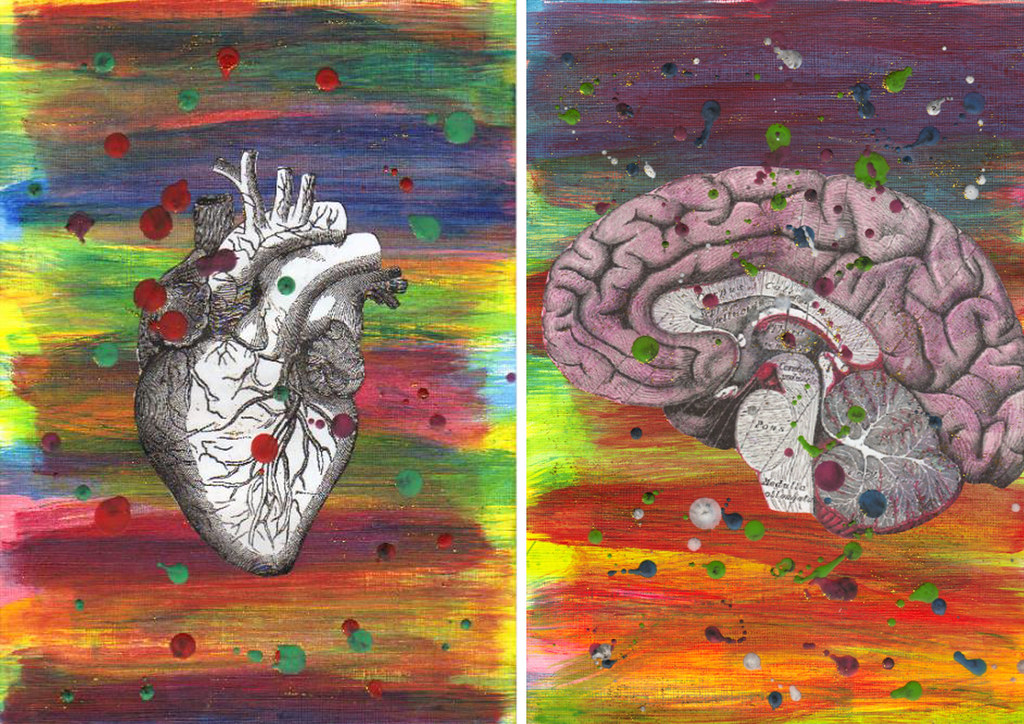Letter From Your 2021-2022 Editors-in-Chief
Welcome! As the 2021 academic year begins for medical students across the country, it brings with it the age-old challenges of studying medicine. As you continue your journey through medical school, we hope that in-Training provides you with a community for discussion, reflection and support when you need it most.












